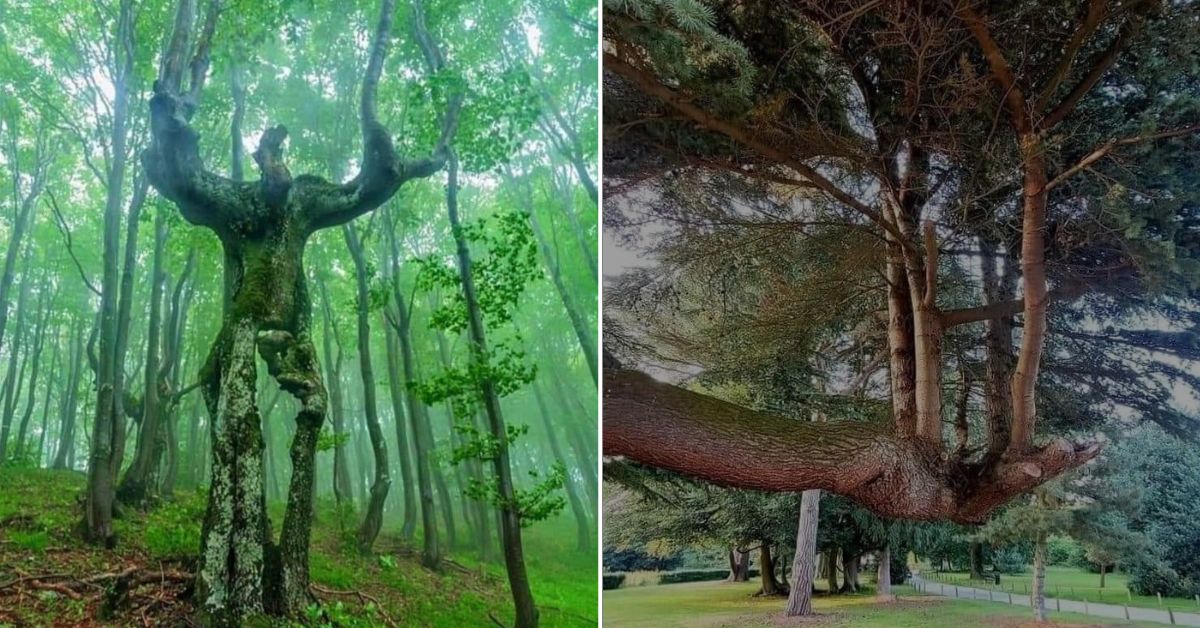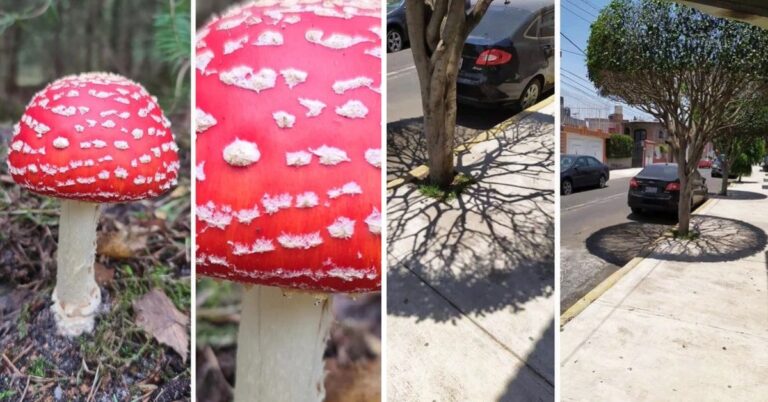Nature’s Sculptures: Trees That Captivate the Imagination
Nature never ceases to amaze us with its creativity, and trees are one of its most intriguing canvases. In this collection, we explore trees that have taken on extraordinary shapes, resembling human figures, organs, and various other forms and postures. These natural wonders not only stretch the imagination but also inspire awe for the world’s inherent artistry.
Let’s take a look at some such pictures
.1 Old olive tree – looks as if he might have a few aches and pains.
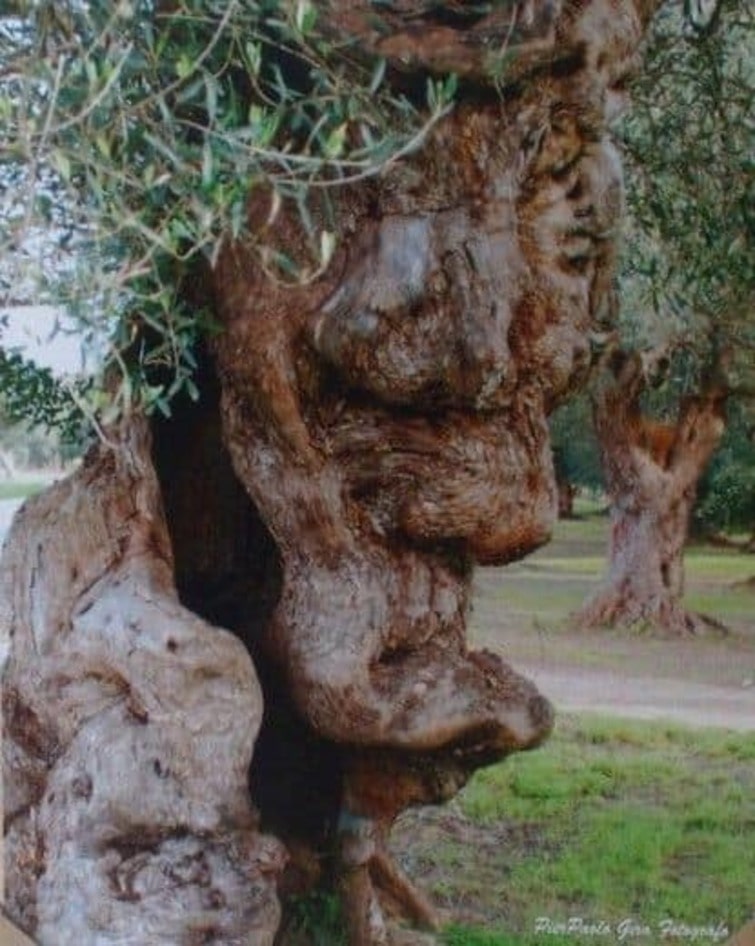
.2 Not only walls have ears!
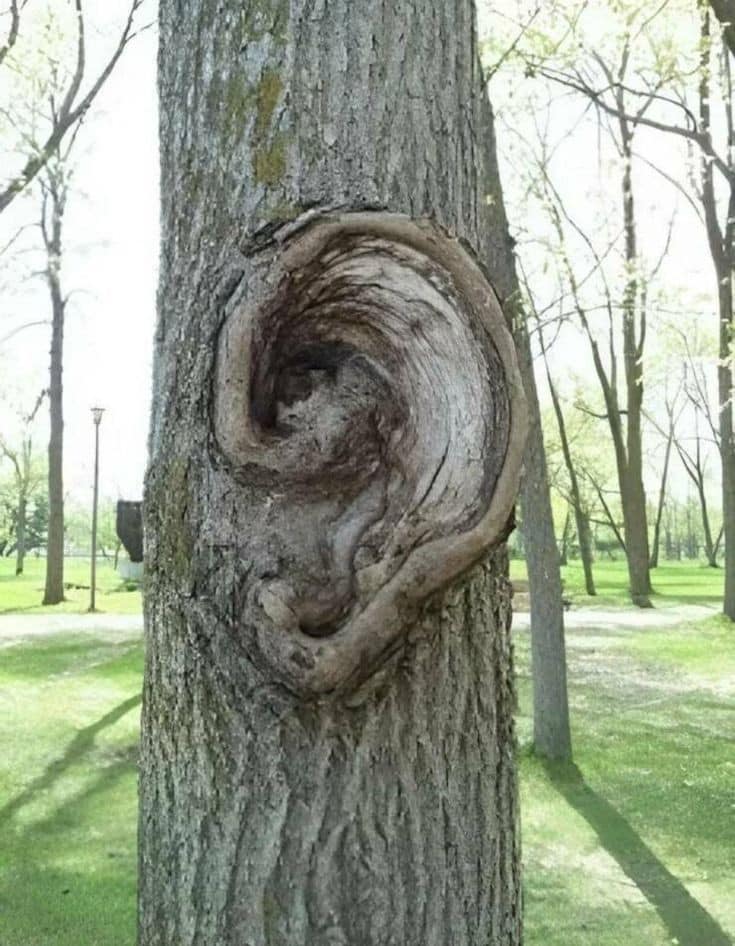
.3 Best friends.
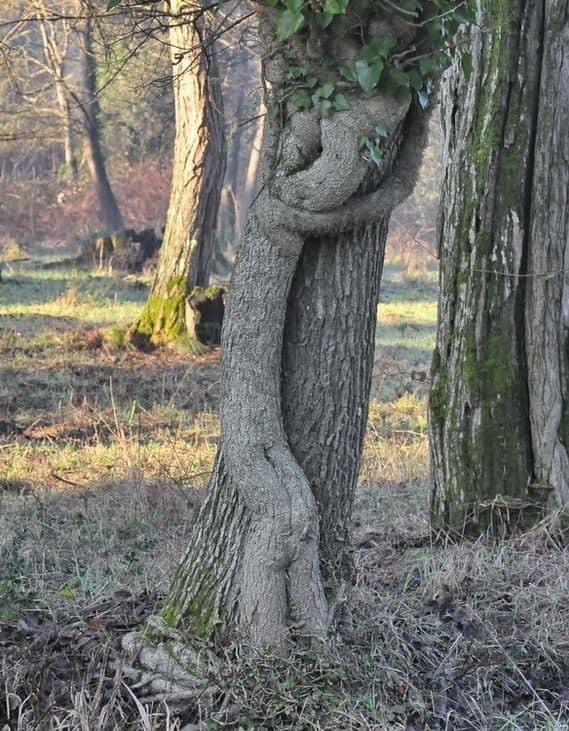
.4 Tree pout!
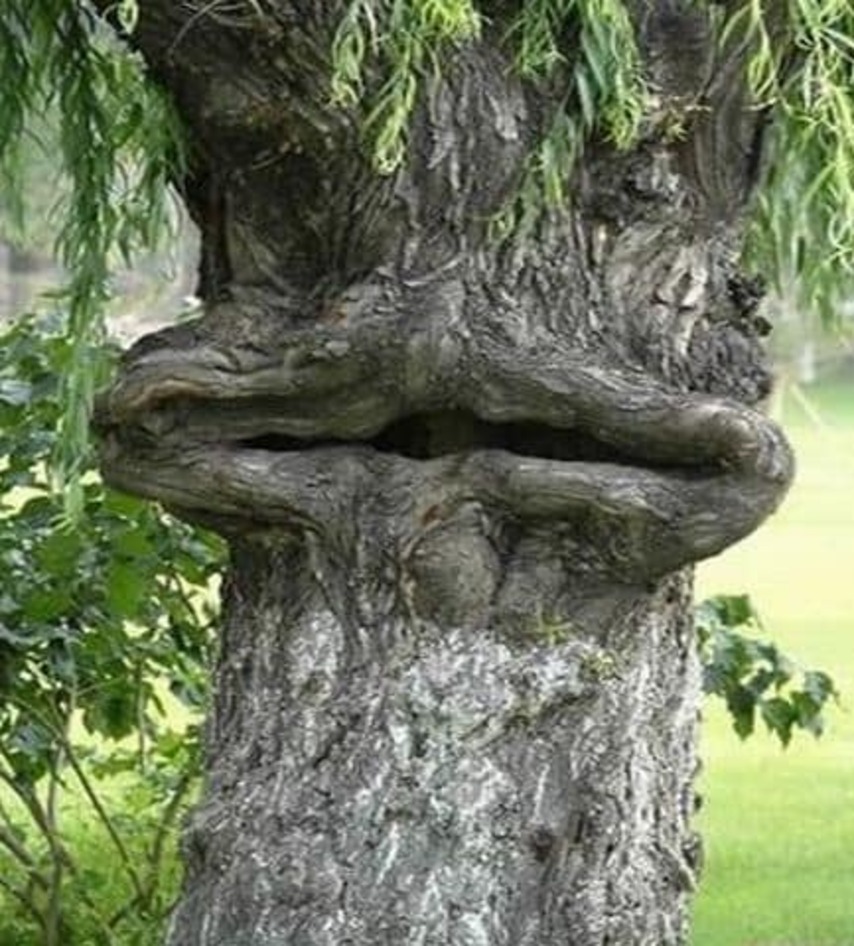
.5 Oh dear. What a sad tree.
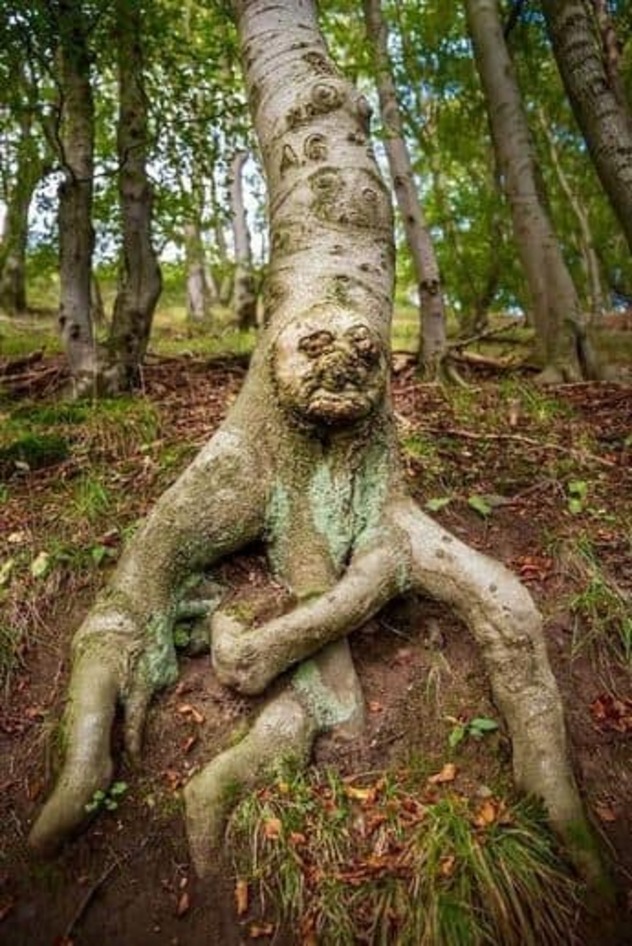
Some trees twist and turn, creating shapes that look like people in motion. One tree’s branches form a striking silhouette of a dancer, while another seems to capture the stillness of a meditative pose. These arboreal sculptures remind us of the interconnectedness between nature and humanity.
.6 Beautiful goddess.
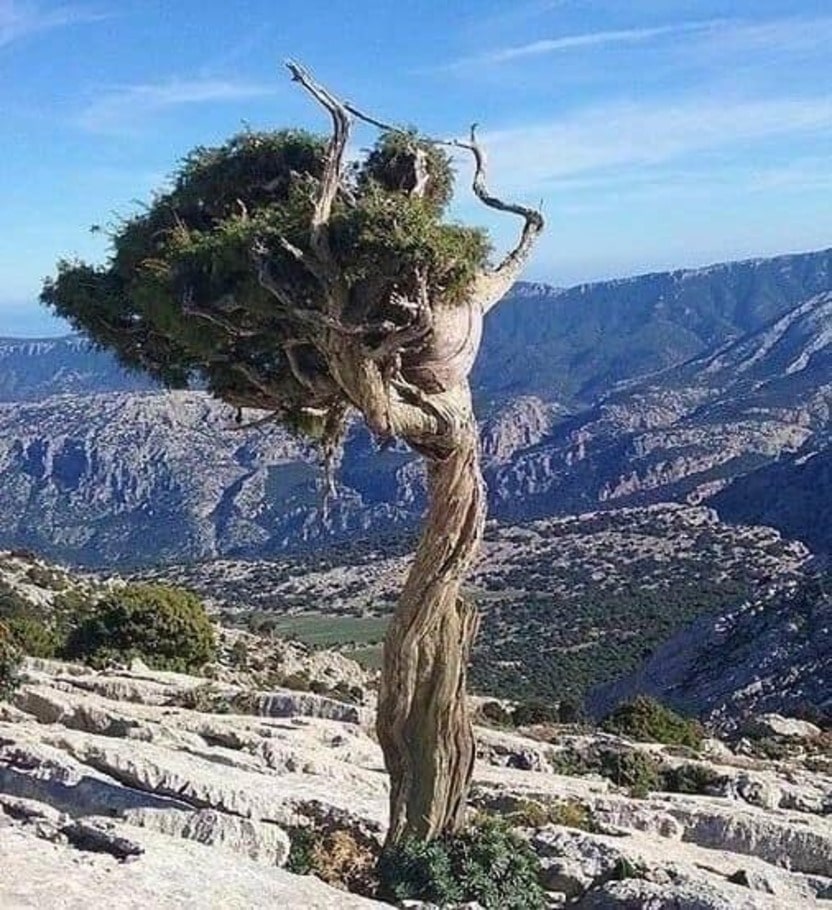
.7 Pondering life’s troubles.
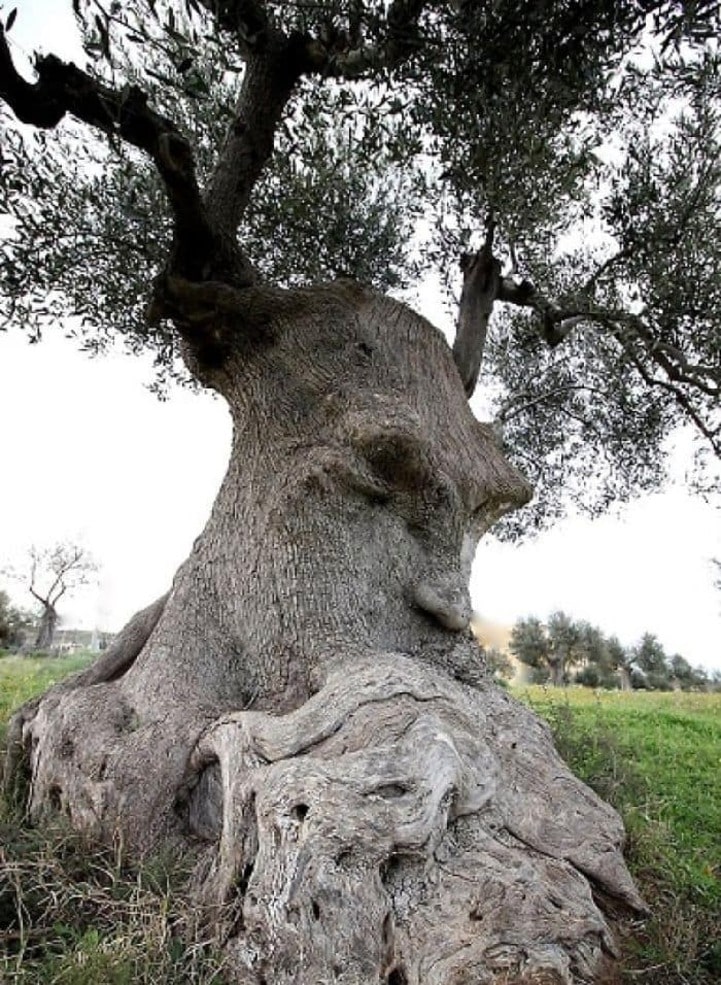
.8
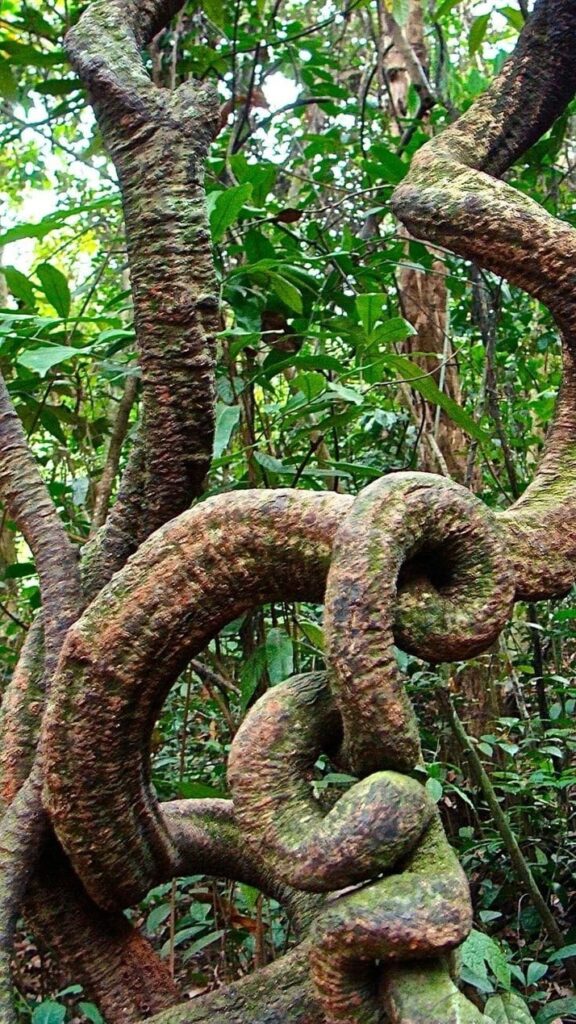
.9
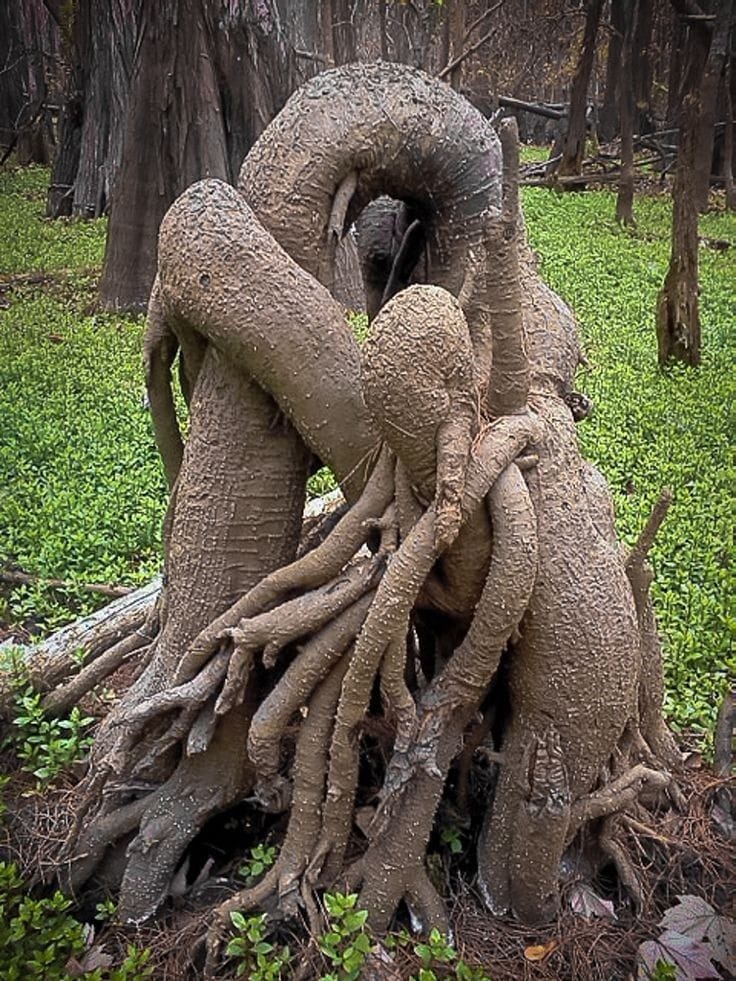
.10
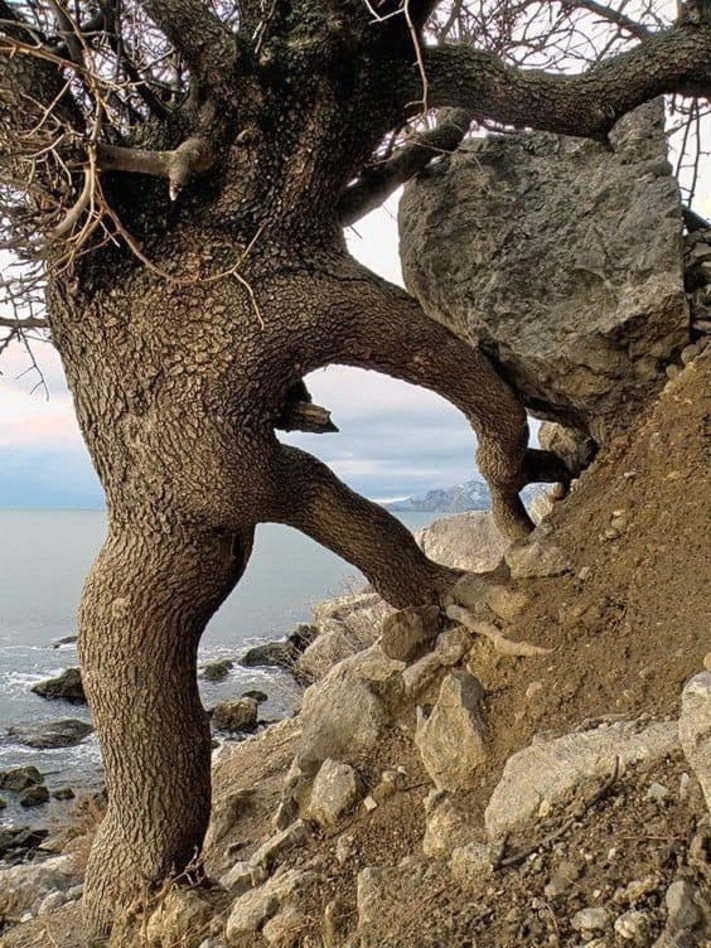
Other trees take on forms that mirror human organs, such as hearts or lungs. One tree’s gnarled branches and roots eerily resemble the intricate structure of the human heart, complete with ventricles and arteries. Another tree, with its expansive canopy and twisted trunk, looks like the bronchi of the lungs, illustrating the breath of life that trees provide.
.11

.12
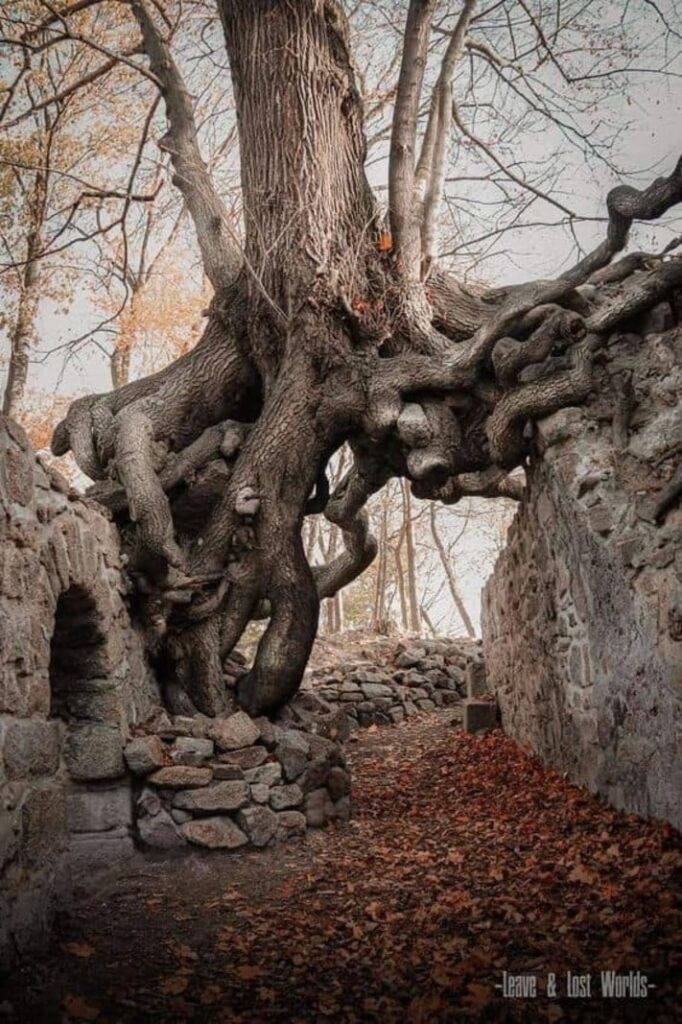
.13
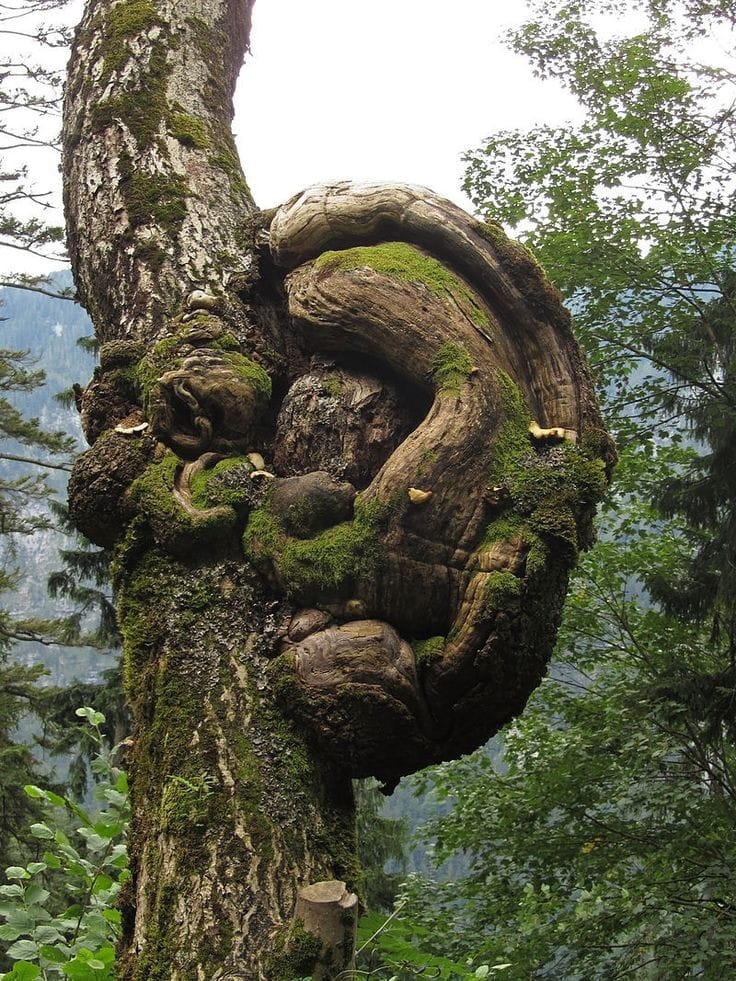
.14
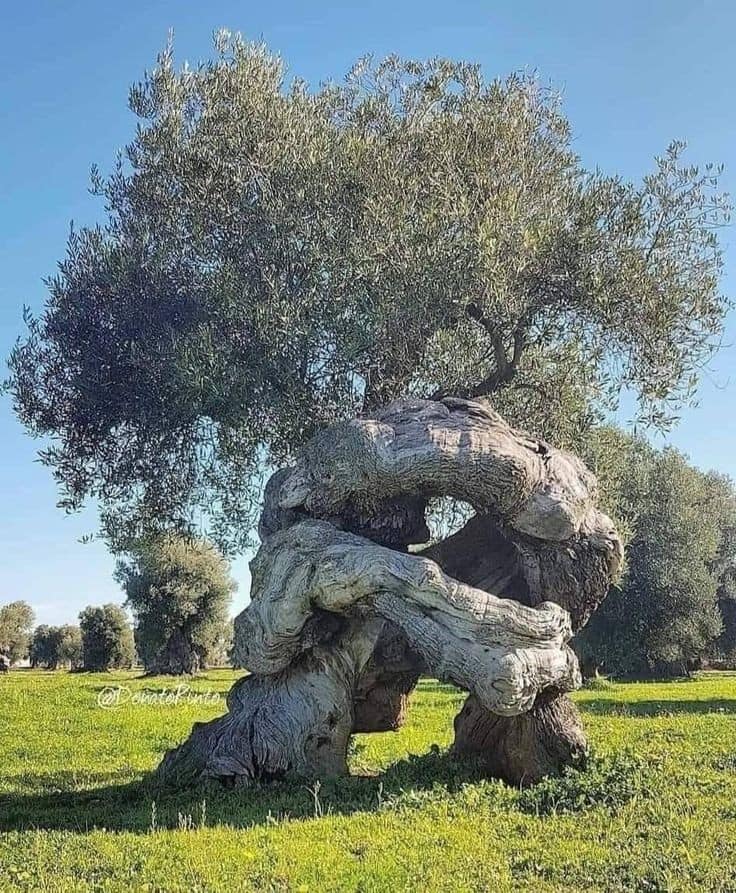
.15
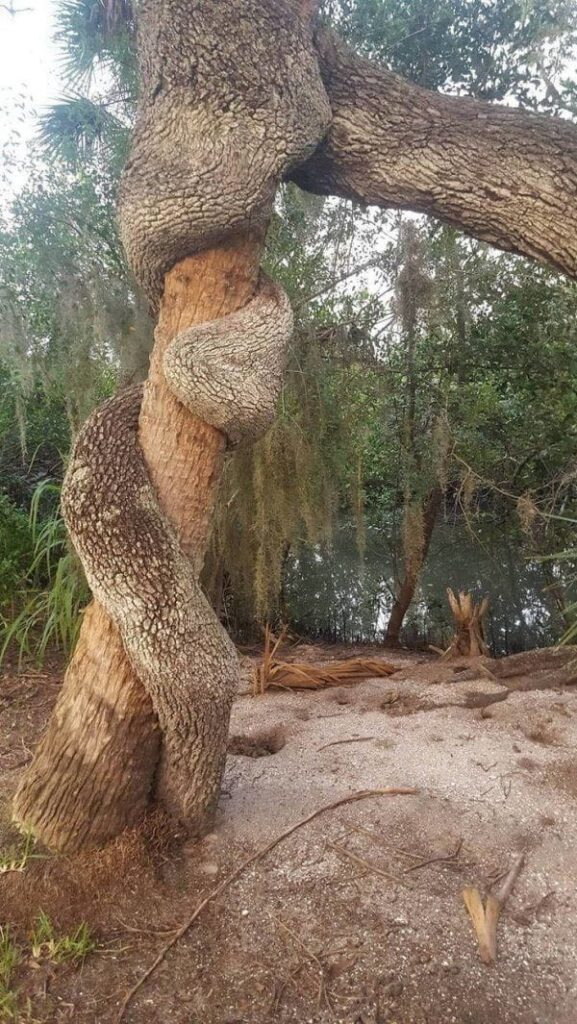
.16
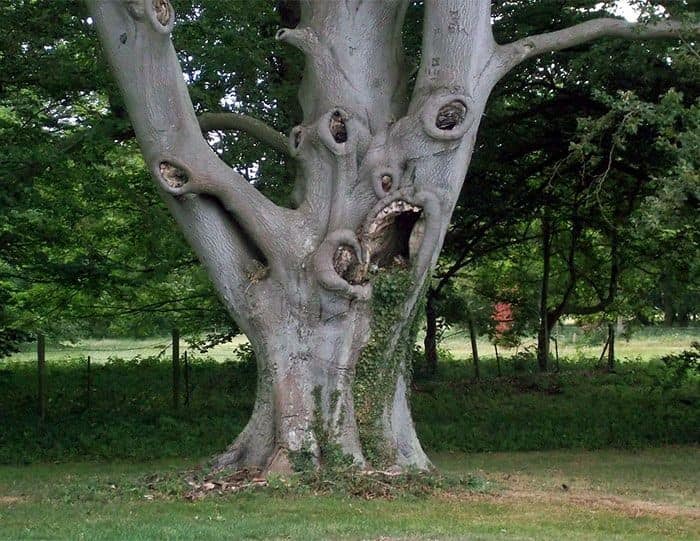
.17
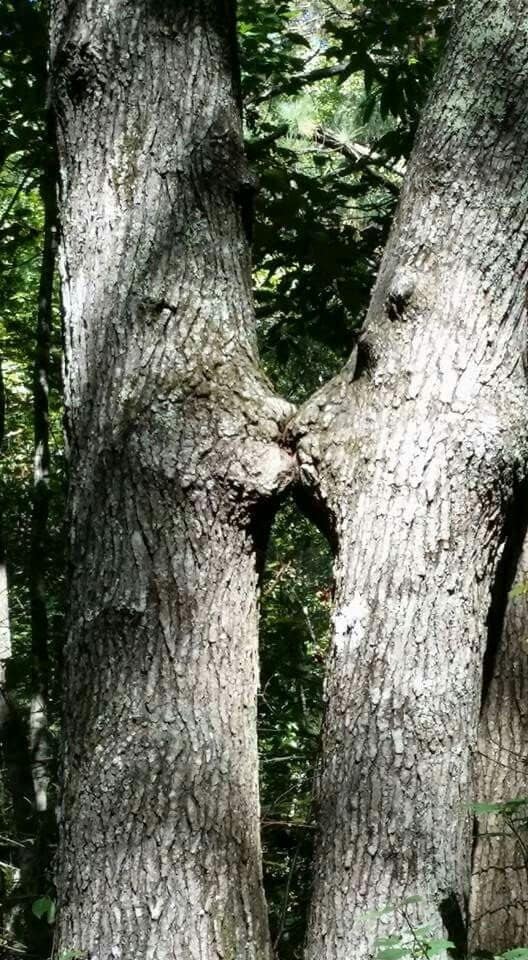
.18
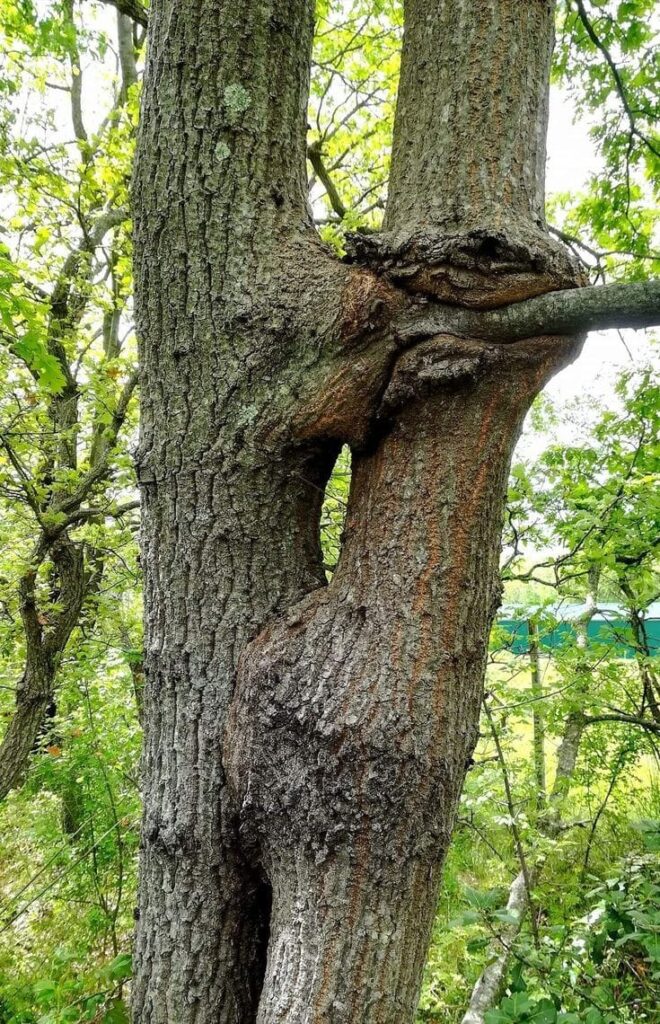
.19
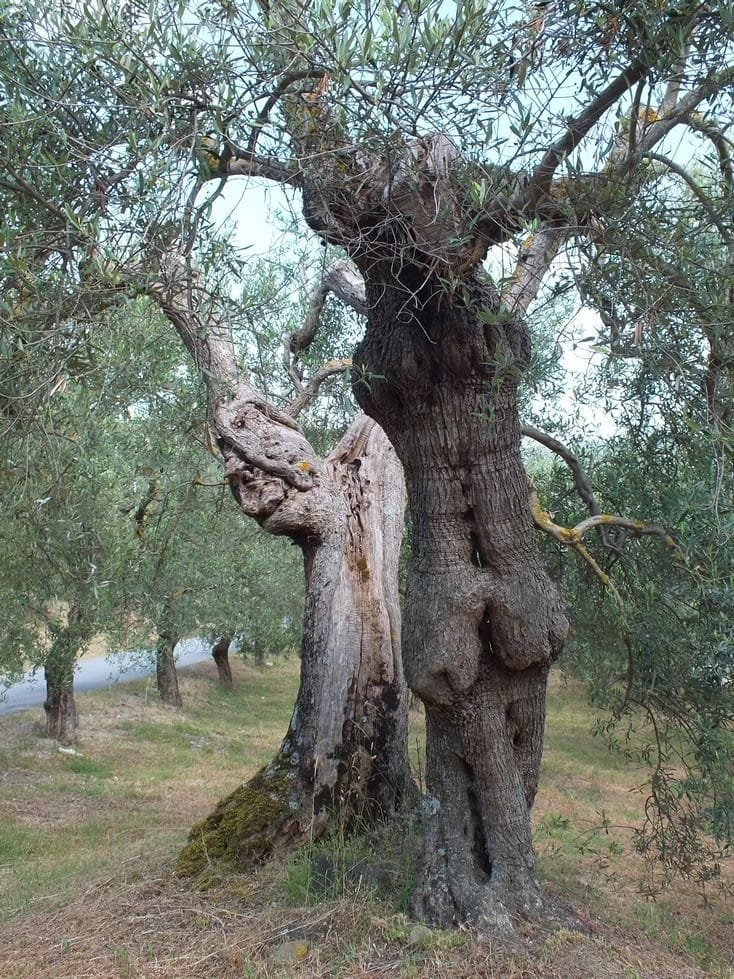
.20

These unique formations are not just fascinating to look at; they also highlight the beauty and mystery of natural sculpture. They invite us to look closer at the world around us and appreciate the organic art created by time, weather, and the resilience of these majestic plants.
.21
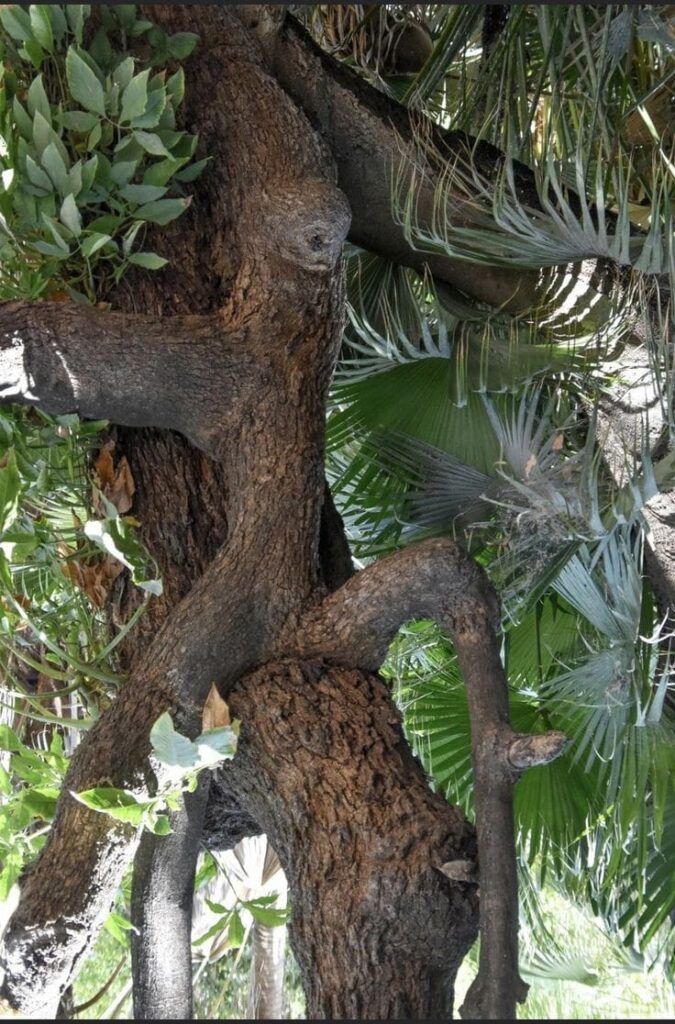
.22

.23
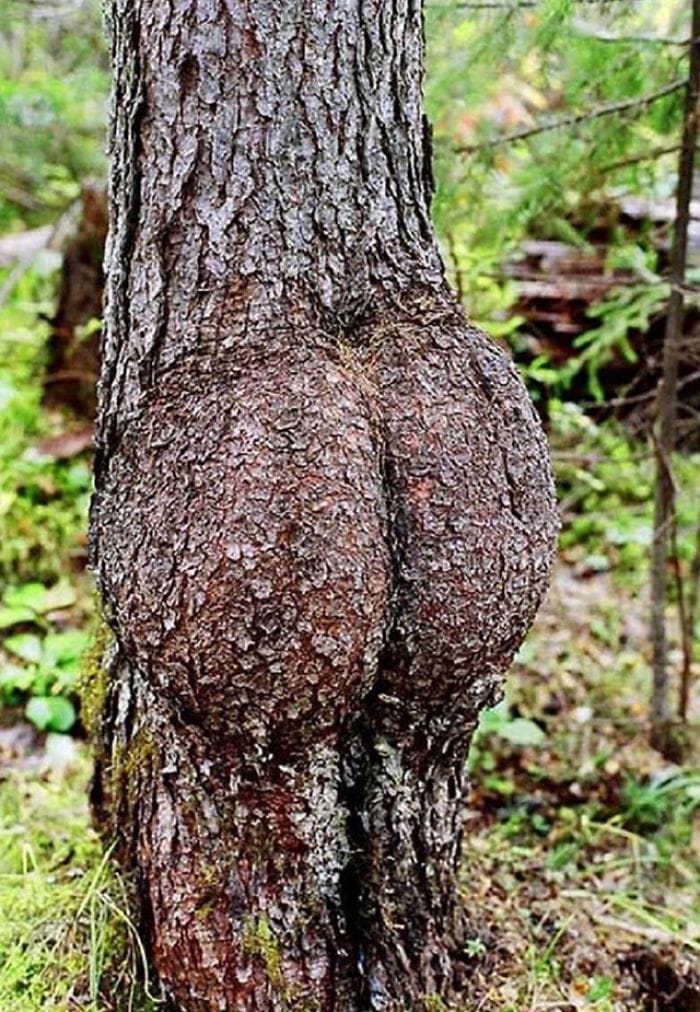
.24

.25
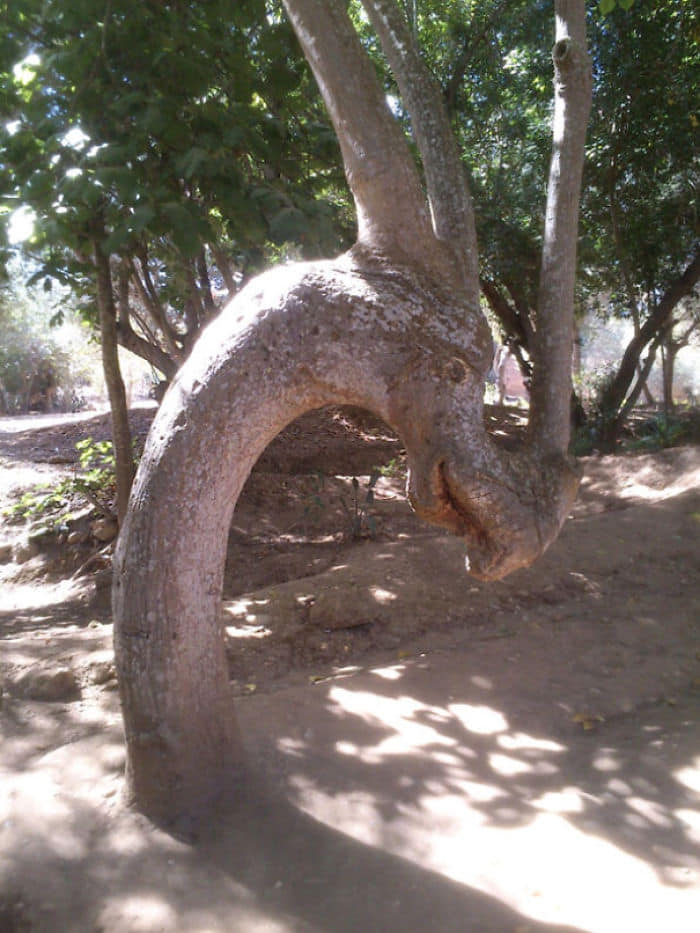
.26
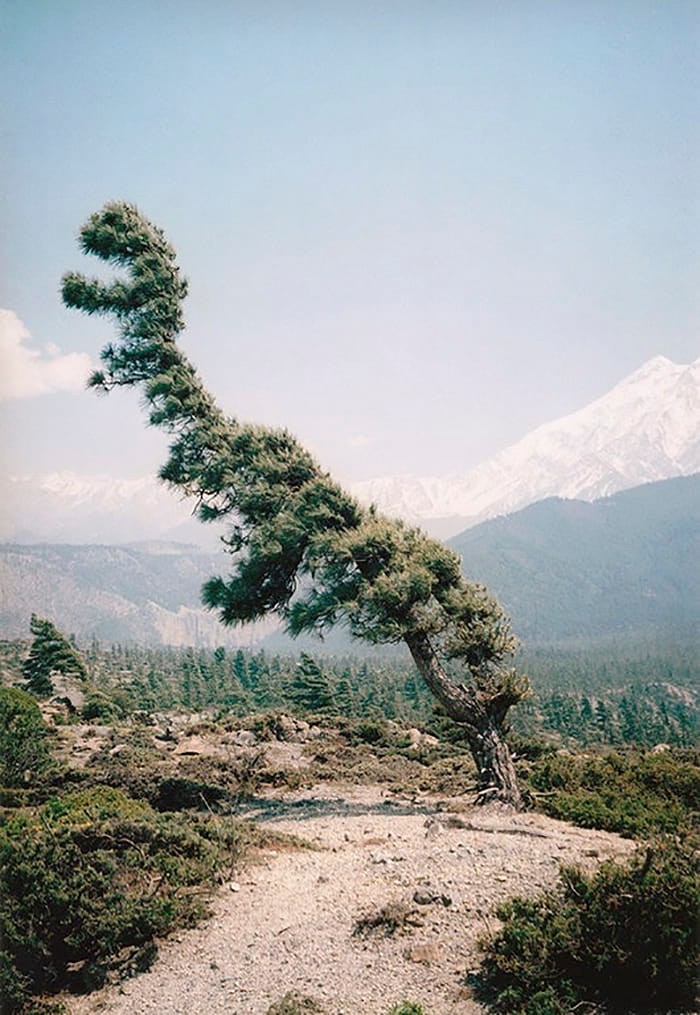
.27

.28
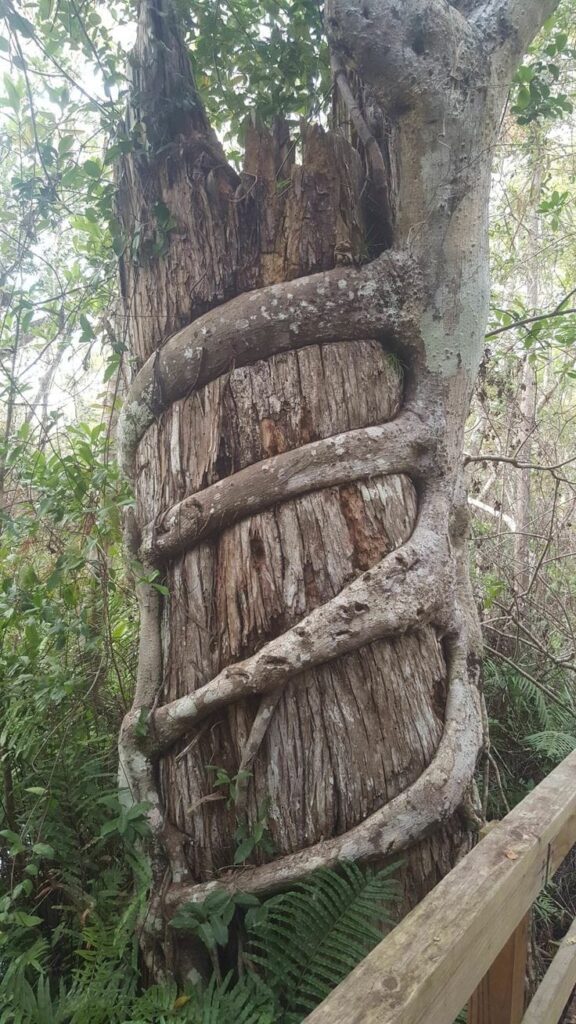
.29

.30

.31

.32
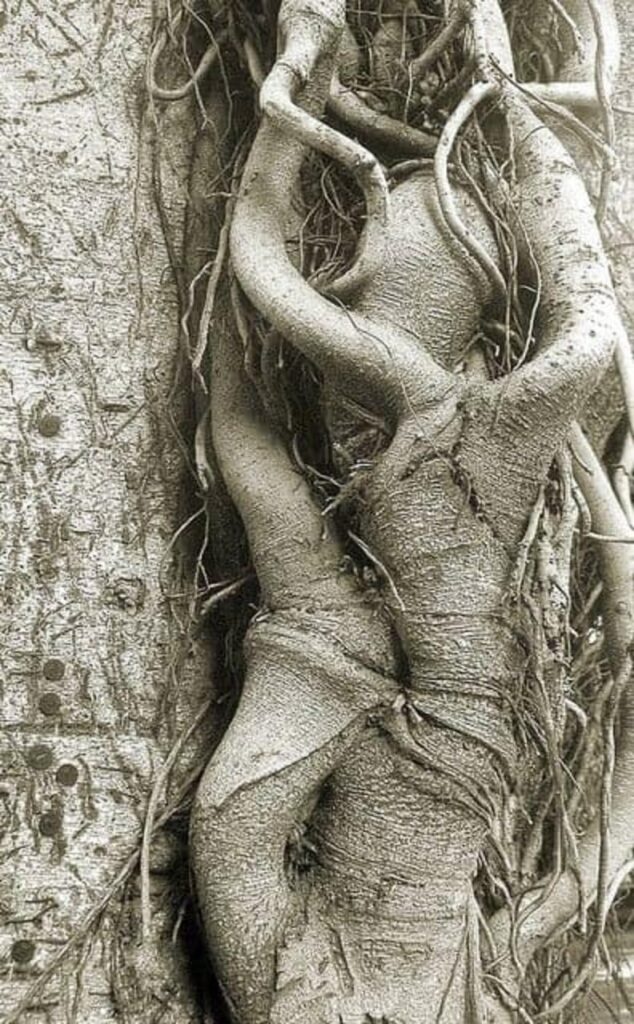
.33

.34
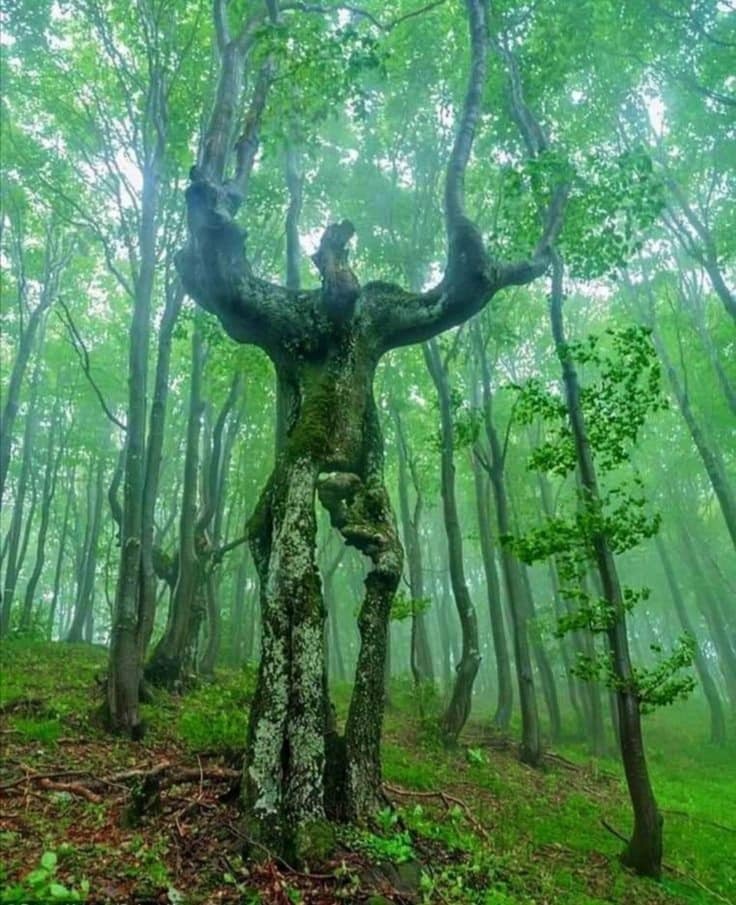
.35
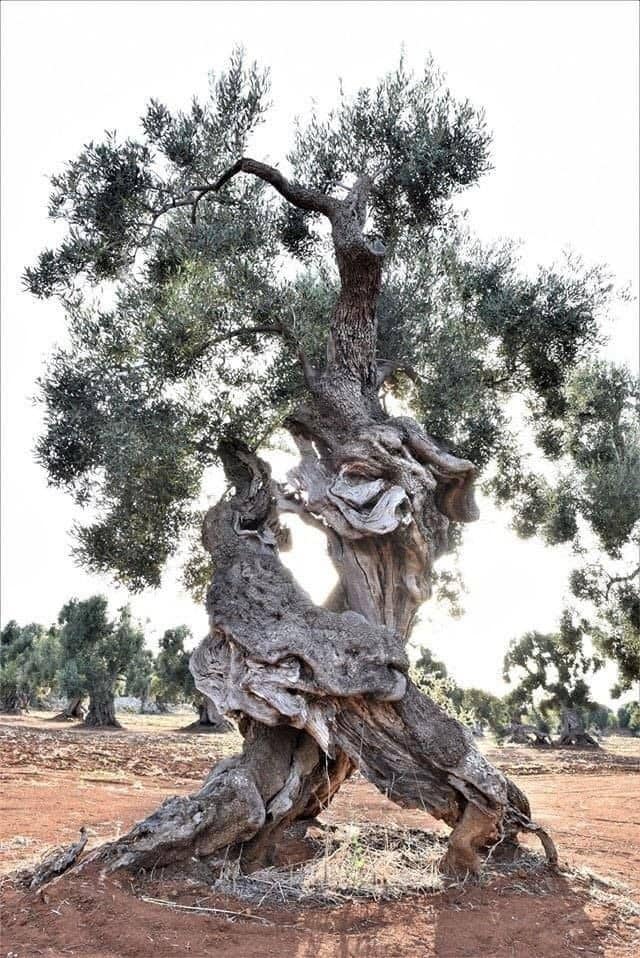
.36

.37
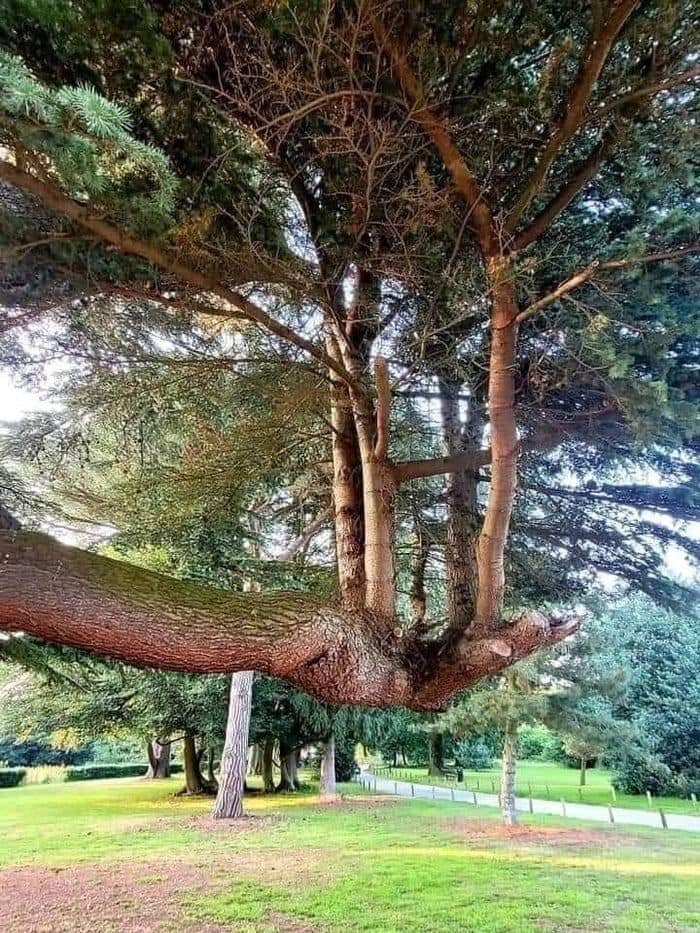
.38

.39
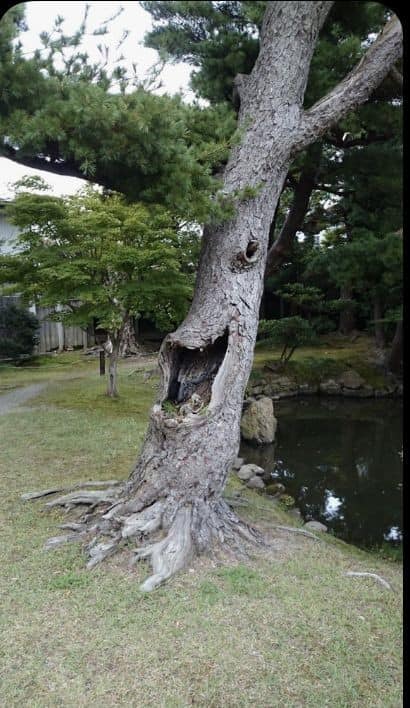
Whether resembling human figures, organs, or other fascinating shapes, these trees are a testament to nature’s boundless imagination. They remind us to slow down, observe, and marvel at the world around us. Next time you walk through a forest or a park, take a moment to see what stories the trees might be telling.

